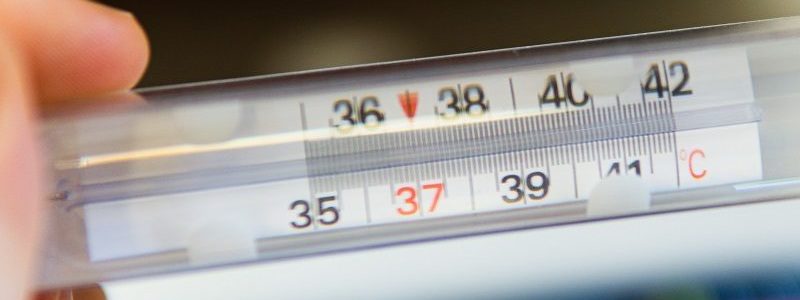Hey, 98.6, it’s good to have you back again
Oh, hey, 98.6, her lovin’ is the medicine
That saved me . . .
In 1967, you might have heard that refrain sung by Keith on AM radio. But, why 98.6?
That particular number – 98.6 – is associated with normal human body temperature.
Numerous patients bring me their concern that they have body temperature way lower than 98.6, and they think that means they have a low thyroid, right?
Why 98 point 6?
If it’s good to have 98.6 back again, where did it go? To a fever at 101? Or down to 95?
So, if normal is 98.6 and fever begins at 100.4 why such precise odd numbers?
Translating to the centigrade temperature scale, something becomes clear:
98.6 F = 37 C
100.4 F = 38 C
Maybe those round centigrade numbers became a convention over time. But are those numbers accurate?
Research shows
In 2002, a study was published that looked at normal body temperatures. It took a systematic review of data in studies from 1935 to 1999 looking for strong evidence. They separated data of men from women. They found:
- The range of normal oral temperatures is 91.8 to 100.6°F for women and 96.2 to 99.9°F for men.
- Normal axillary temperature without regard to sex is 95.6 to 98.6°F.
- The study concluded “The ranges of normal body temperature need to be adjusted, especially for the lower values.”
Hmmmm . . . not just 98.6!
In fact, women could be “normal” at fever temperatures. They also could be normal at 96 degrees F.
Temperatures less than 98.6 were normal for some people, in fact, a lot of people.
What does this mean?
Normal vs Optimal
A study such as this brings up a question whether what exists as an average in a population is optimal in health.
Just because researchers found an average body temperature for a population over 64 years, is it an optimal value? I see that lab ranges of blood tests are adjusted over time because the lab takes averages of people, and as people become sicker, the range gets wider to include those marginally sick people.
At least the study included many other studies, starting in 1935. There is strength in a large number of people studied.
I believe that people overall have become more toxic as the world is more toxic, and a lower body temperature can reflect body total load of toxicity. There may be some truth to his argument.
Nevertheless, it does not mean that the arbitrary 37 to 38 degree centigrade range is the only normal for body temperature.
Daily and monthly rhythms
In addition, body temperature changes throughout the day and night, throughout the month and year in a normal healthy cycle.
A 2001 study of young people found that the people they studied had a daily fluctuation of 1.5 to 1.8 degrees F between daily maximum and nighttime minimum. That was a 0.8-1°Centigrade variation.
In addition menstrual cycles in women affect their body temperature in a monthly cycle. Women’s daily temperatures differed from men’s, while they were maintaining their habitual schedules.
This shows it is normal to have a degree or more fluctuation in body temperature.
Does body temperature have meaning?
With such ambiguity, you can see that any deviation from your normal body temperature can be perfectly healthy, depending on the time of day, day of the month, and time of year, and you.
Tracking your own body temperature may show some trends, and in fact, in can be in alignment what was studied as normal for many people. Just not 98.6 all the time or any time.
Having a body temperature of 96 degrees can be related to a low thyroid function, or it may not. There are many other signs and symptoms that need to be taken into account for a low thyroid diagnosis.





